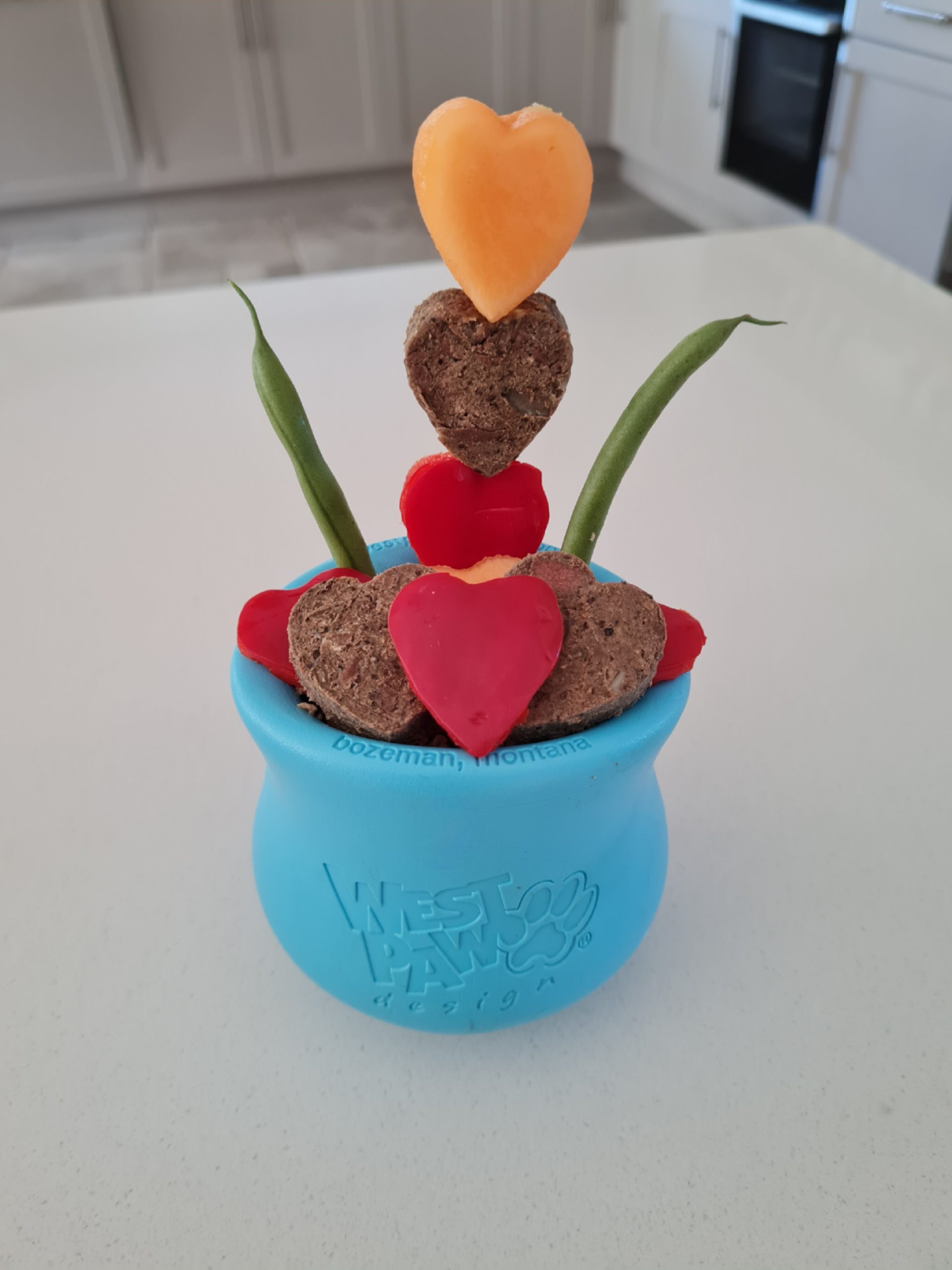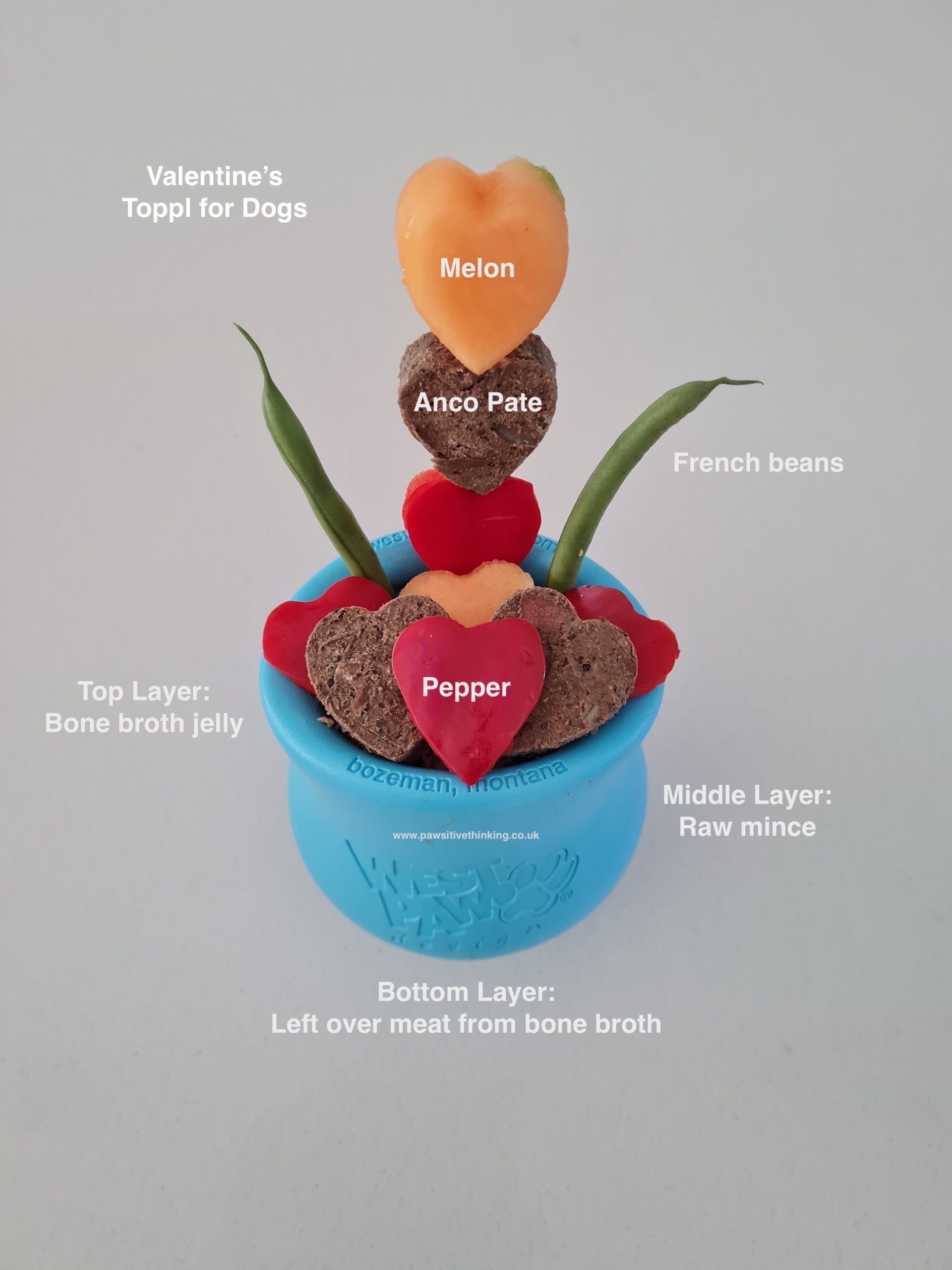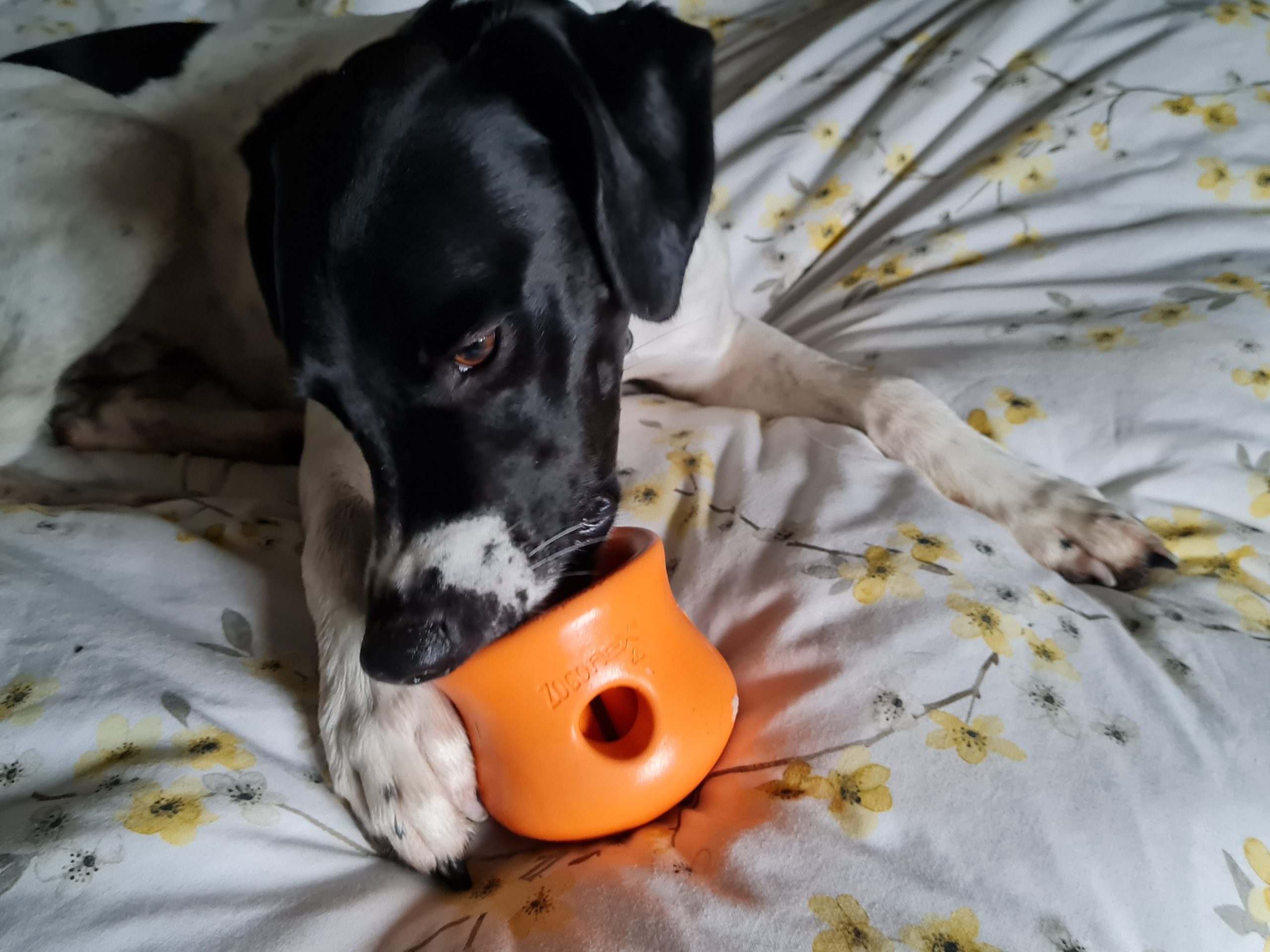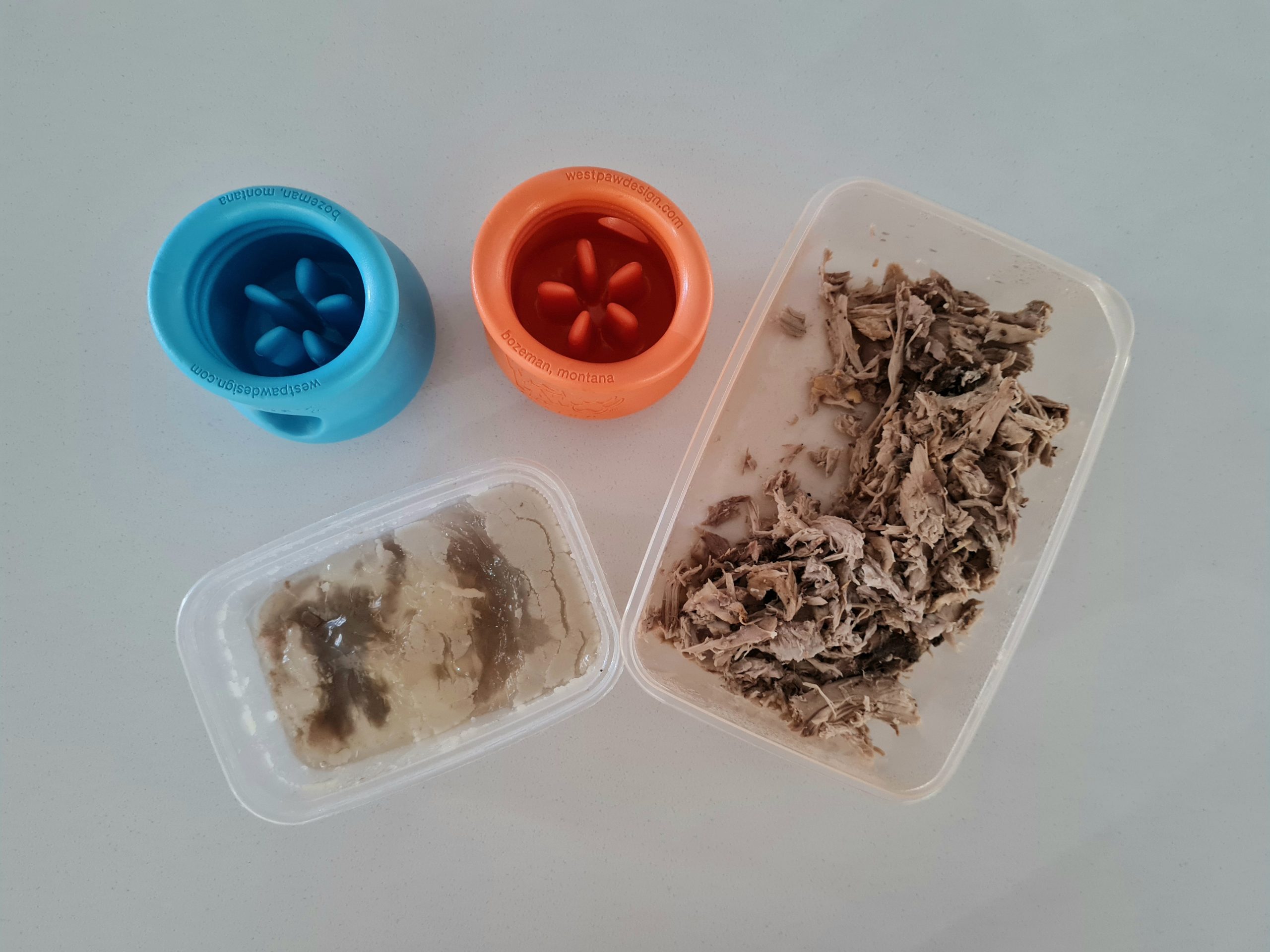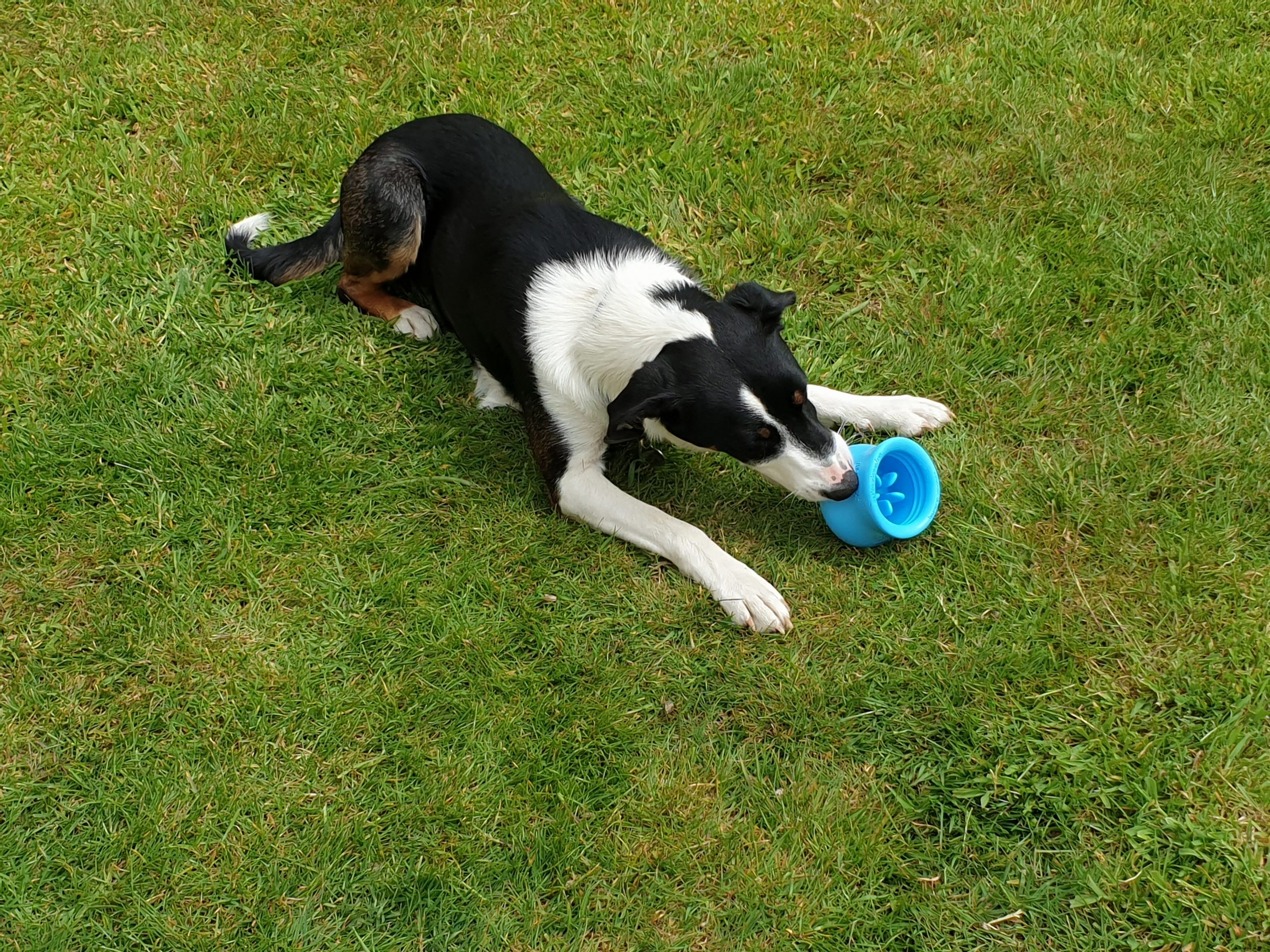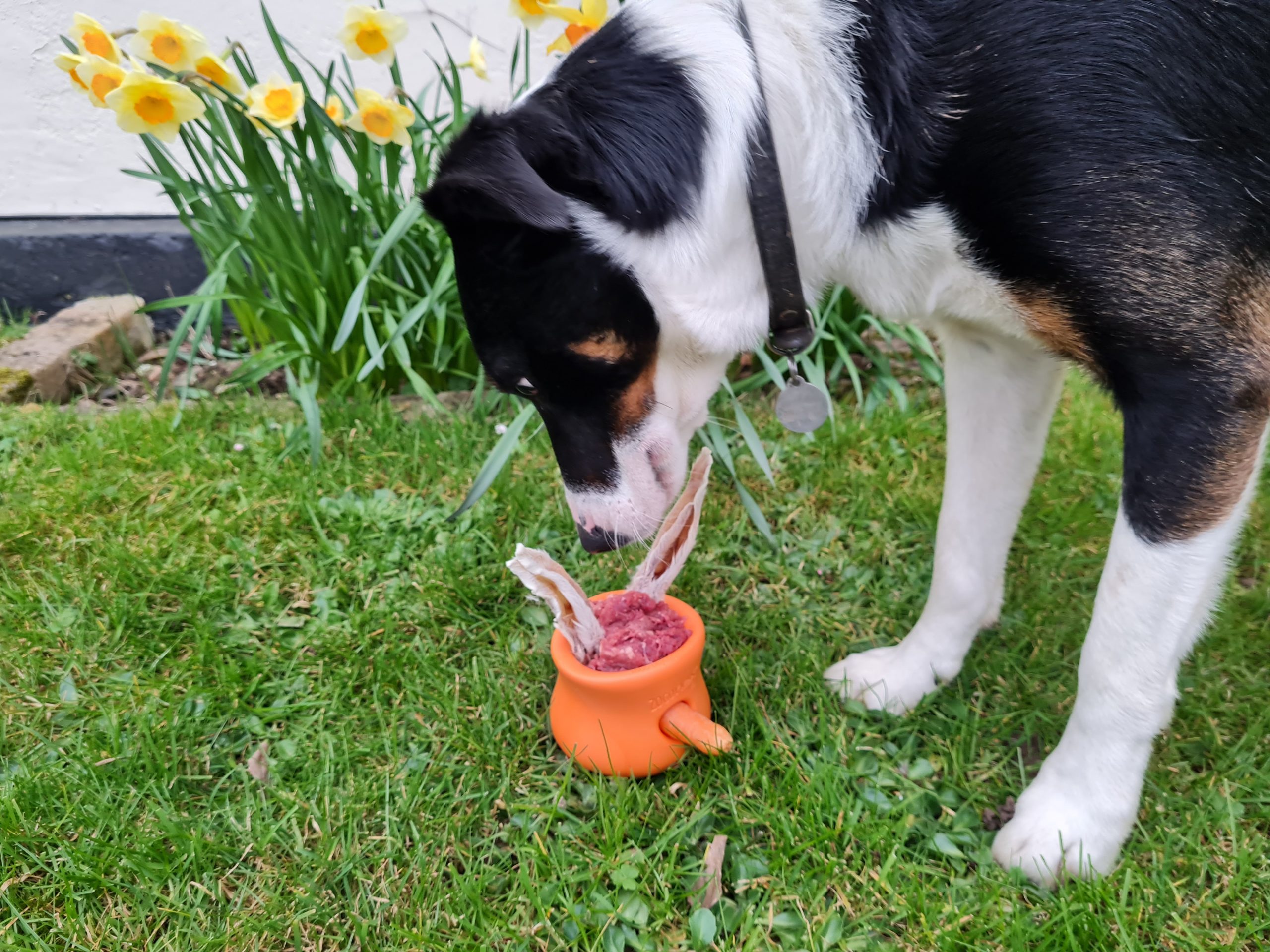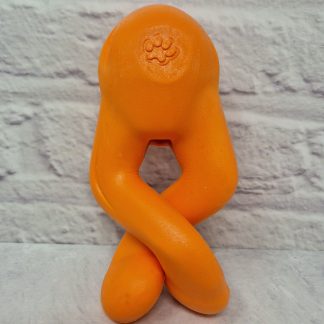
Pawsitive Thinking has helped thousands of people with enrichment ideas for dogs, cats, chickens and other animals. For those new to enrichment or seasoned pros, this guide offers information and inspiration for animal enrichment.
What Is Enrichment?
In essence, enrichment means improving and enhancing quality of life. In practice, enrichment encompasses activities or management methods that allow animals to demonstrate natural behaviour and give them opportunities to exercise control or choice. Enrichment can be anything that promotes positive mental and physical activity.
Enrichment is for all animals and it can be provided at home, in the garden and away from home in different environments. The aim is for enrichment to be about income for the animal and not outcome- promoting health and positive emotions through action, interest and mental stimulation.
Why Bother With Enrichment?
It is widely recognised that good animal welfare extends well beyond just the provision of food and water. Enabling and offering enrichment hugely enhances well being and it is considered just as important to good welfare as appropriate nutrition and veterinary care.
Animals that lead enriched lives are often happier and healthier. The consequent benefits to humans are improved safety, less unwanted behaviour, easier management and reduced financial outlay. Enrichment supports natural behaviour and lowers stress, which promotes positive emotions in both animals and people.
How Can We Provide Enrichment?
Enrichment can be incorporated into an animal's lifestyle and management, as well as being provided through specific additional activities. There are numerous ways we can provide enrichment for our pets, which can be categorised into 5 main sections-
- Cognitive
- Social
- Sensory
- Food
- Habitat
Enrichment doesn't have to cost money. With imagination and creativity, enrichment can be offered to your pet in even the smallest of spaces.
Enrichment Ideas For Pets

Cognitive Enrichment
Brain games are a great way to provide cognitive enrichment to dogs. In fact many enrichment ideas for dogs can be adapted for other pets too. For all animals, mental stimulation can be provided by teaching a new skill with positive reinforcement, or training an existing skill in a new environment.
Novelty is a fantastic way of offering cognitive enrichment. Think about how you can add new things, move items or change them to introduce novelty into your animal's lives. Even the arrival of the wheelbarrow to muck out our chicken enclosure causes interest and that's enrichment! Something new to perch on, look at and scratch in creates easy enrichment opportunities.

Social Enrichment
Many pets benefit from companionship in some way. Whilst species-specific friendships are vital for animals such as horses, we can also enhance quality of life by providing choice and variation too.
Positive opportunities for social interaction are important. It's obviously not enriching if an animal is scared, anxious or stressed by social interaction but if carried out appropriately, then social enrichment can be incredibly beneficial.

Sensory Enrichment
We can enrich our pet's lives through touch, taste, smell, sound and sight. ACE Freework is just one way to provide sensory enrichment and it can be carried out with lots of different animals, not just dogs. In summary, the animal is unclothed and free to explore a variety of 'stations' without human intervention. Different materials, objects and surfaces are used with food and/or scent for the animal to explore. Valuable information can also be gained by us humans about how the animal moves, makes choices and interacts.

Food Enrichment
As well as changing up the type of food on offer, enrichment can be provided by presenting and delivering food in different ways. For canine inspiration, read our blog about Ditching The Bowl. As with many animals, chickens and cats can also benefit from ditching the bowl too.
Getting creative with food is great fun and whilst we offer many tools to help, you can also create enrichment activities at little or no cost using your pet's daily food allowance.

Habitat Enrichment
A great deal of enrichment can be provided within an animal's habitat by offering choice. For example, a choice of sleeping areas, a choice of eating stations and a choice of physical environment. A simple log pile can provide enrichment to many different animals- they can sniff, perch on, climb, move around, chew or jump it! Or a pile of wood chip enables scratching, digging, searching, foraging and rolling.
Free Enrichment Map
If you would like a free downloadable pdf of the enrichment map shown in the pictures above, head to the Pawsitive Thinking Facebook group and join us. Members can access a printable version in the files section of the group, alongside other free resources.
Once you get into the enrichment mindset, you'll find ideas will start to flow. Inspiration will come from everywhere and creating activities can easily become part of everyday care. Enrichment isn't always complicated and sometimes even the most simplest of ideas can bring great joy to both you and your animals.
Thank you for reading.
Natalie Bucklar, BSc (Hons), MSc is the owner of Pawsitive Thinking. We offer a tried and tested portfolio of enrichment ideas for dogs, cats and chickens as well as products to help you with their training and care- SHOP HERE
More blogs available to read here-


